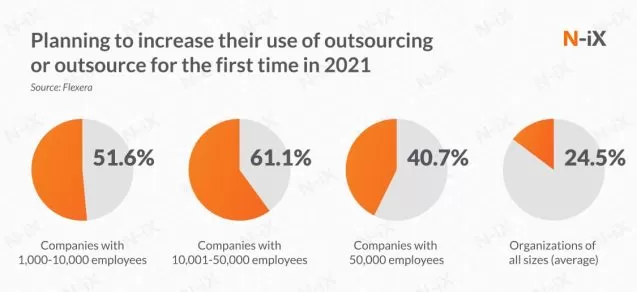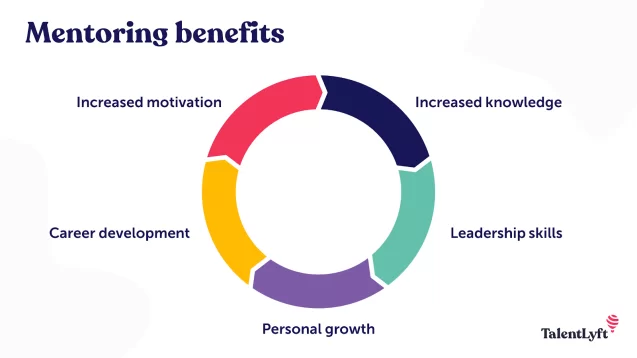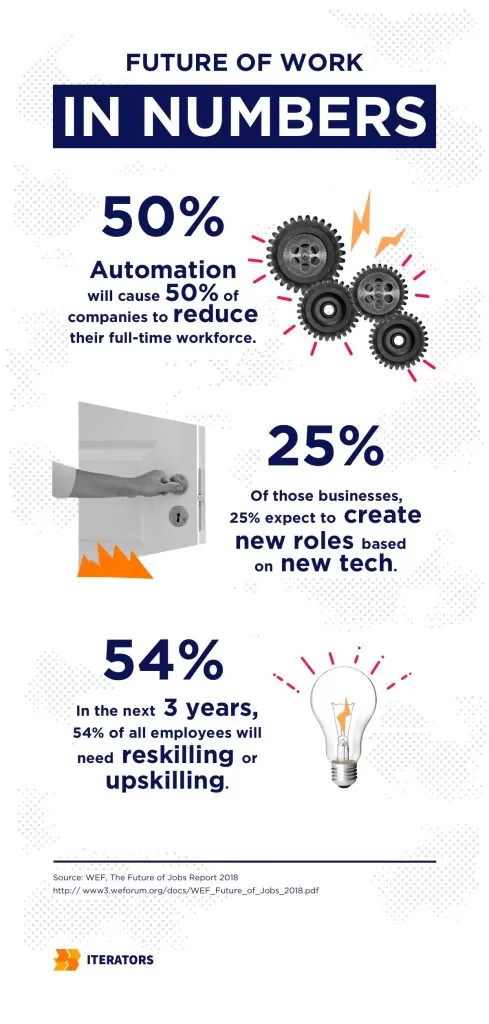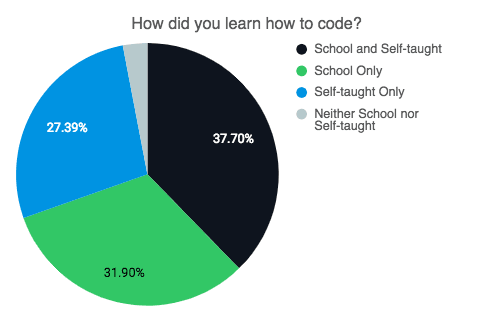It’s 2021, and the world is getting more and more digitized. Shops have moved online, work has become remote, apps have skyrocketed in downloads, every second student is trying to take part in blockchain development. New and better technology appears in every possible industry.
The IT market is booming. And yet, there is a crisis that has been there since at least 2018: there are no software developers in the US. No, of course, they exist, but it’s not nearly enough to cover the growing demand for IT specialists ― the demand that will continue to grow in all of the foreseeable future, as there is no way the tech trend is slowing down.
In 2018, Gartner reported that 63% of senior executives admit to the shortage of software developers. A 2019 report from CNBC News announced that there were about 920 000 unfilled IT positions and only 165,000 potential applicants. In the same year, a study showed that it takes 50% longer to hire talent for tech roles than other positions. And still, 64% of companies are looking to hire up to 50 developers this year. The problem is clear: the number of open positions is growing, the number of developers isn’t. And companies are already suffering from this situation.
How does the shortage of software developers affect businesses?
Businesses, big or small, depend on technology. Almost every company today is also a tech company ― it’s powered by software. Everything, from data analytics which is applicable in every niche to AI that can improve most niches, requires programmers. The lack of them is predictably halting innovation. New, better technologies appear regularly, but within the businesses, there is no one to implement them. Over the last five years, more than half of businesses have reported that the shortage makes it hard to keep up with the latest innovations, and more than half stated this as a reason that makes them lose to their competitors.
The developers that do exist are often simply too expensive. The shortage has caused an obvious increase in their salaries: a median computer programmer in the US makes more than $100K a year. In some states, this is two times larger than the average regional pay. This results in the fact that only giants that have the budget and the reputation, such as Google, Apple, and the like, can afford to hire experienced, knowledgeable developers. Small and even medium-sized businesses are left behind. Often, when searching for a developer, companies also have to significantly lower their requirements: Daxx reports that only a third of candidates for software architect positions and forty percent for DevOps job vacancies fully fit the job description. More than half of businesses hire tech employees whose skills are not enough for their positions. This leads to an obvious decrease in the quality of products and services.
Businesses also often turn to international employees ― the annual quota for the skilled foreign-born individuals applying to work as tech specialists is always full, which means that the current quota is too small to fix the shortage problem with foreign specialists.
Why does the software developer shortage exist?
So why are we where we are? How did we end up in the tech world with no tech specialists?
It’s easy to assume that it’s just a matter of numbers. The market is growing faster than fresh programmers arrive on the market. And to some extent, this is true. However, the problem is more complicated than that.
Firstly, new technologies such as blockchain development, cybersecurity, and AI can’t possibly have enough experienced, educated specialists. Yet, due to the importance of the aforementioned fields, companies also can’t hire a newbie for such positions. This is a vicious circle in action.
Secondly, US traditional learning institutions have failed to adequately teach informational technologies, adapt to the emerging trends quickly enough, and most of all, offer enough opportunities for students to pursue IT. In the US, less than half of schools teach computer science.
According to Top Universities, 110 universities provide students with a computer science degree, which is almost twice less than the number of ABA-accredited law schools. Besides, people of all ages widely believe that IT is too tough a field to aim for. In a survey, more than half replied that tech jobs are too advanced and require significant schooling that the respondent doesn’t have the time or the money to pursue. Generally, it’s safe to say that US education has majorly failed to make tech fields accessible and attractive for people.
How can software developer shortage be solved?
No, we cannot and will not halt the global tech development or clone IT specialists using the ones we already have. The solutions we propose for the developer shortage are much less creative; however, they work. So what can we do?
- Software outsourcing companies
Think outside the US. While hiring a foreign developer isn’t always a possibility, partnering with foreign outsourcing companies opens up a pool of talent that can never be found in the US. Unlike the US developers, they also cost less (how much less varies depending on the country and the company). While the cost of an in-house US developer ends up to be 2.7x the base salary, which is $270k per year if the developer costs $100k per year, with the outsourcing company there are no extra expenditures. The price is the one you settle for in advance and the outsourcing company is responsible for finding programmers with adequate skills and knowledge. The cost-effectiveness is through the roof.
Many companies are already doing that: a 2019 Harvey Nash/KPMG CIO report showed that 41% of organizations had plans to increase their spending on software outsourcing.

2. Mentorship
There are a lot of fresh, just-out-of-uni, or self-taught IT specialists. They are often ignored by companies in search of someone more experienced. Yet, having a mentorship program within the company could guide junior specialists into becoming the exact kind of specialist the company was looking for in the first place.
3. Internal training
Already done by many corporations, running an internal training initiative can help the company “grow” IT specialists themselves. They can teach participants the exact areas, languages, and skills they require. The companies will also end up hiring with more confidence, as they’ll have some previous knowledge about the candidates.

4. Informal education
While formal education is failing both companies and future candidates, informal education is getting more professional, more accessible, and generally better in many aspects. For future software developers, this means that they can get software development education online at any age, at any point in their lives. Obviously, this is a challenging task, but with the vast amount of (often free!) courses, it’s doable. For companies, this means that they shouldn’t shy away from candidates without formal education. Universal test tasks (or skill assessment software) for all candidates have the strongest chance to land you a high-quality specialist.

Final words
Software developer shortage is a real problem in the US, and it doesn’t seem like it will go away any time soon. We can dwell on the reasons for it and the problems it brings to all kinds of different businesses and industries ― and it is a necessary thing to do if we want to recognize and analyze the problem.
However, for most businesses, it makes more sense to look for the solutions that can pay off right now (such as outsourcing) or that can pay off in the near future (such as mentorship, internal training, and taking the candidates with online software development education) and try how they work. For those in power to make a global shift, we suggest looking at US education as well as visa policies to tackle the situation on a larger scale.









